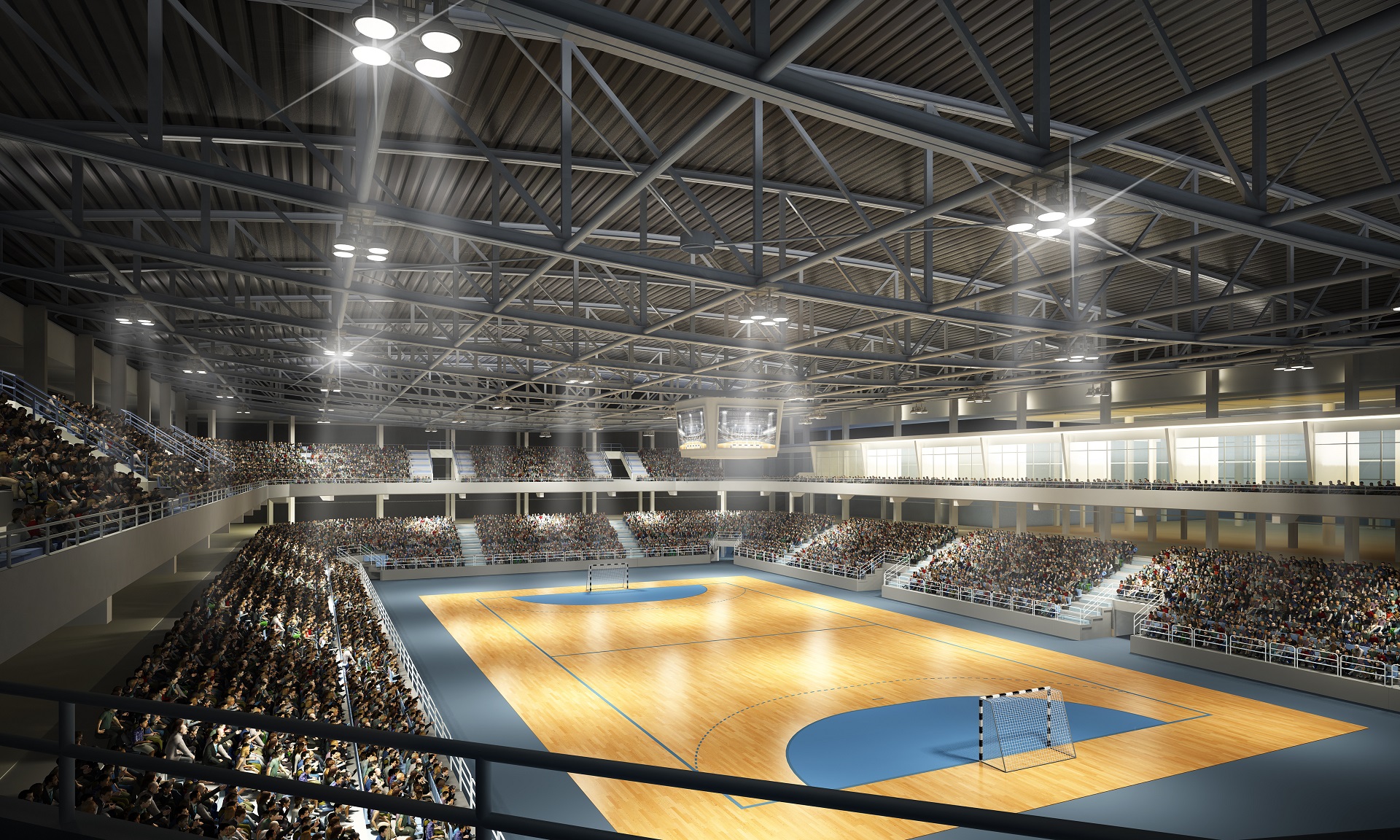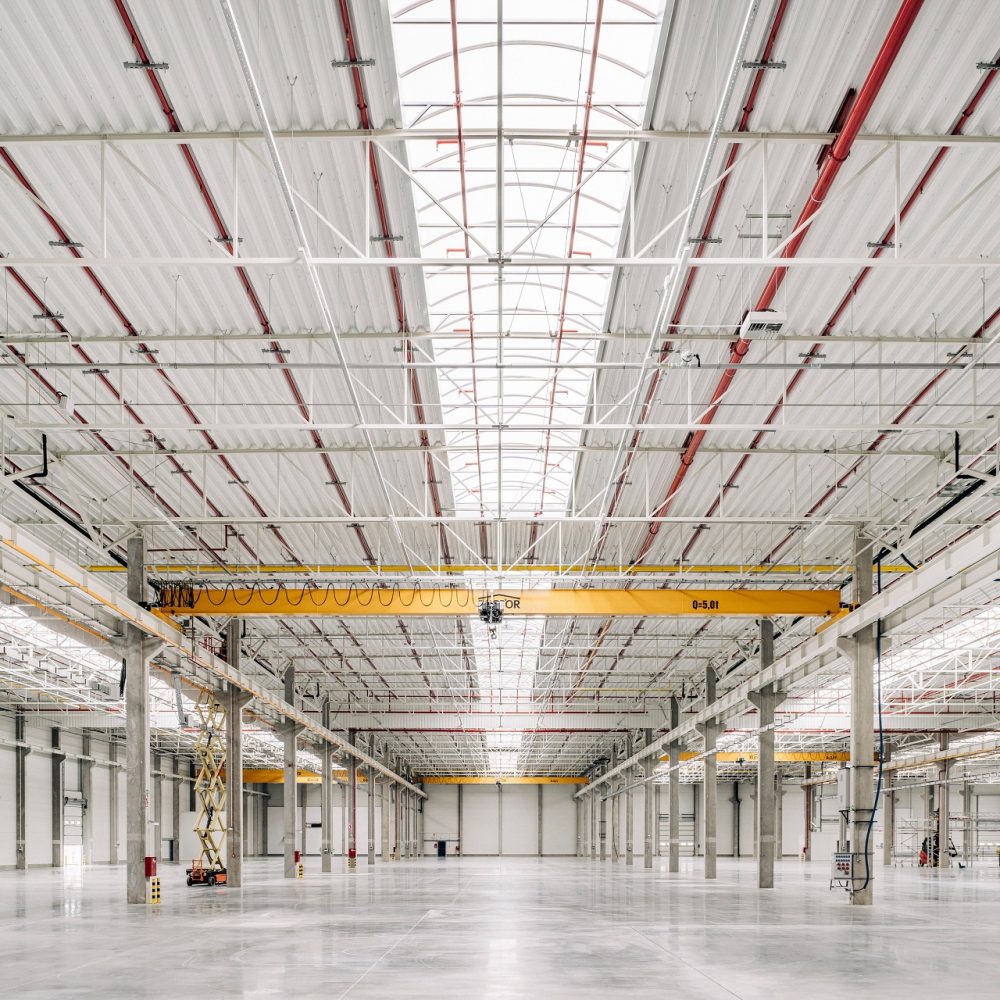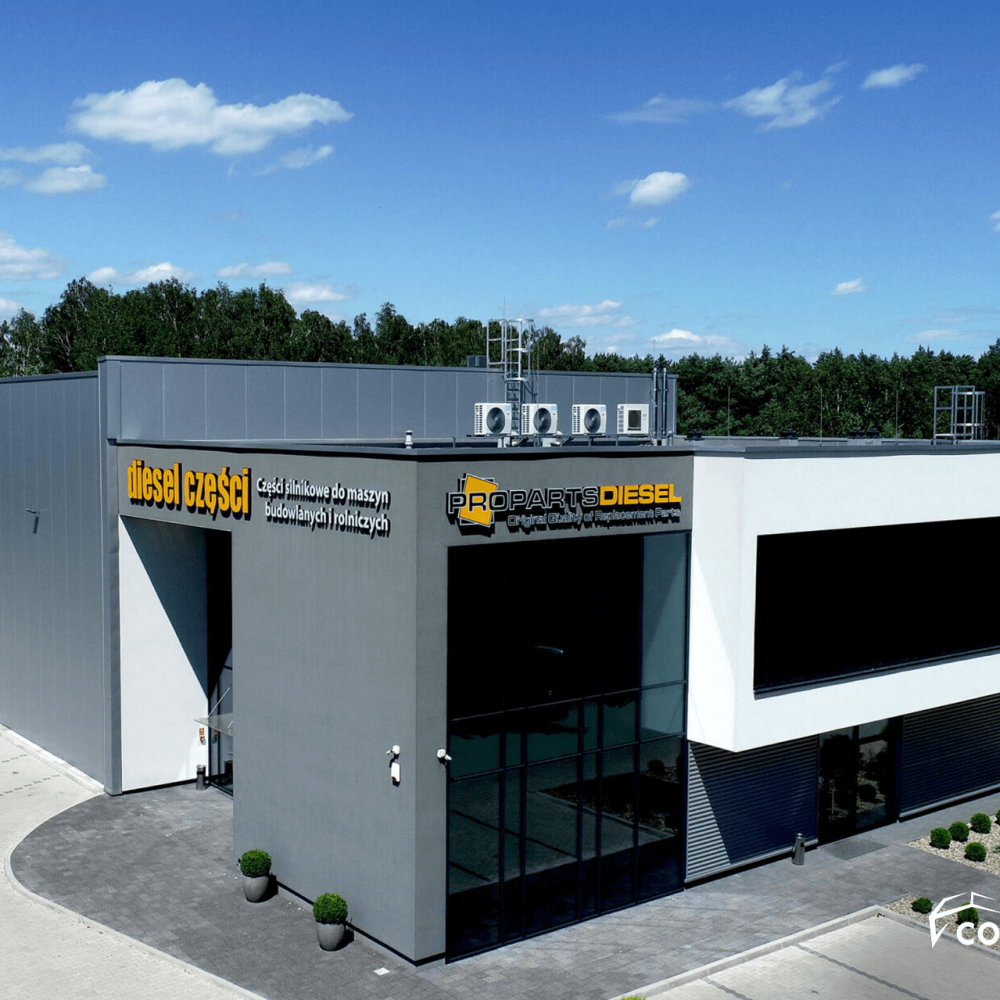
Steel halls are successfully replacing traditional brick buildings. This is the case in industry, logistics or trade, but not only. An increasing number of investors are choosing to build steel sports halls. Why? Because this type of construction is able to meet even high demands and can easily be adapted to the current needs of customers. What do you need to know about building a sports hall?
Construction of a sports hall
Sports halls are classified as buildings with a compact structural form. The construction of a sports hall depends on the spaces that need to be separated inside the facility. These usually include the sports areas, e.g. the pitch, riding arena, ice rink, as well as stands for spectators, stands for referees and press representatives, and other necessary premises such as staff areas, technical rooms, changing rooms or storerooms. The construction of a sports hall or sports and entertainment arena with an additional stage should be preceded by a thorough understanding of the investor’s expectations. Steel sports halls, thanks to the use of appropriate structural solutions, allow for easy adaptation of the space depending on the changing situation and, at the same time, for low-cost reconstruction.
What is particularly important when it comes to sports halls? The construction of a sports hall requires user comfort, i.e. the choice of effective insulation to maintain temperature adapted to the needs of users not only in the winter but also in the summer. The sports and entertainment hall should also have a proper flooring (the floor must guarantee appropriate cushioning) and lighting (skylights, wall lights and windows) to allow the access to sunlight.
The construction of a sports hall also takes into account solutions that will not only minimise the cost, but also keep the operating cost at minimum.
Construction of a sports hall
A sports and entertainment arena can have one of many designs possible. The load-bearing structure of a sports hall, for example, can be made of precast reinforced concrete columns and steel lattice girders, or trusses. Regardless of whether the hall is built using steel or reinforced concrete hall technology, large spans can be achieved in either case without the need for additional internal intermediate supports. This allows for a wide range of adaptation options which is of particular importance in this type of halls where the interior should allow for multiple arrangement options.
The construction of a sports hall must, above all, ensure the comfort of use, freedom of adaptation, including practicing different disciplines in the same facility, ensure aesthetics, low operating cost and the safety of users.
Safety of sports halls
Sports halls or sports and entertainment arenas are made of certified materials that meet fire protection requirements. Such buildings have fire resistance in accordance with current standards, planned escape routes in case of the need to leave the building quickly, and designed protective elements. Moreover, hall designs are assessed for compliance with building regulations – they should provide adequate thermal, acoustic and humidity conditions and be weatherproof and protected against corrosion.
Note that safety of sports halls is also affected by the approach of the facility manager to the provisions included in the design. It is essential to carry out periodic inspections, to monitor the loads acting on the steel structure and to take care of the general technical condition of the hall.
Read the article “Industrial halls in the “Design and Build” formula – benefits for the investor”.



